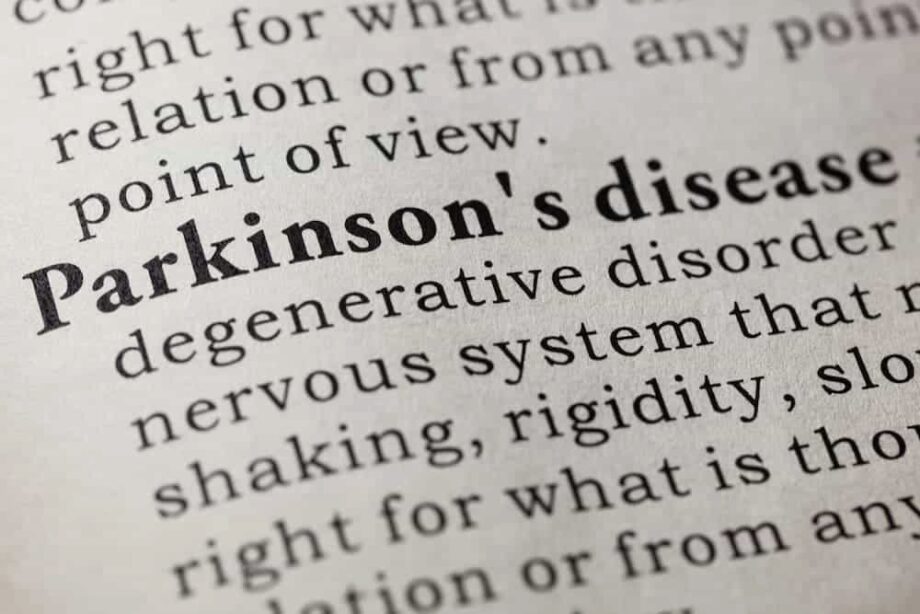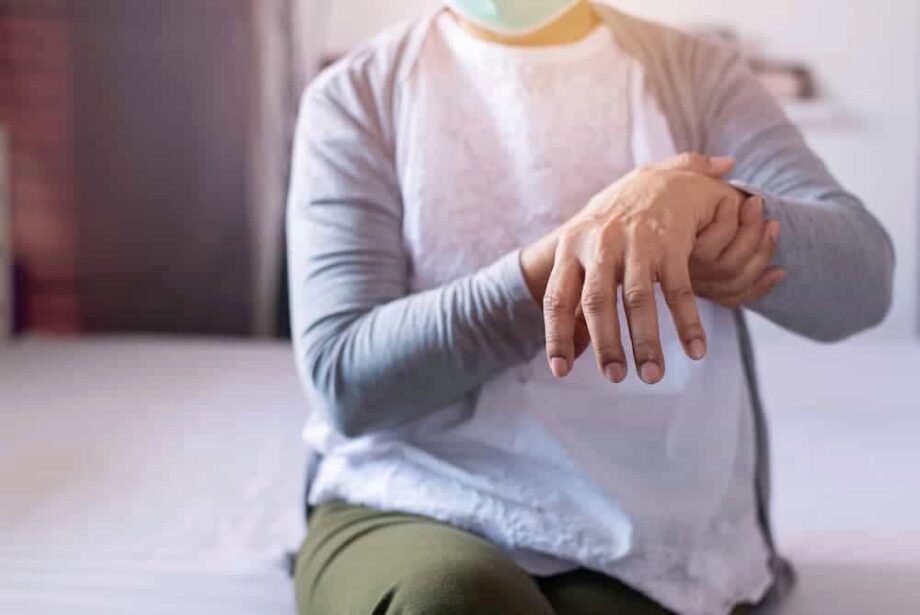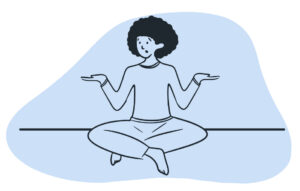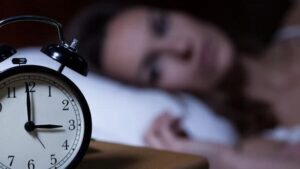Parkinson's Disease and Sleep
Disclosure: By clicking on the product links in this article, Mattress Nerd may receive a commission fee at no cost to you, the reader. Read full disclosure statement.
Parkinson’s disease is a debilitating and progressive disorder for which there is no cure. Symptoms can vary, but most people with the disease experience tremors; slow, rigid movements; and difficulty with walking or balance.
Parkinson’s disease is the second most common degenerative neurological disease after Alzheimer’s. Approximately 60,000 people in the United States are diagnosed with the disease each year, according to the Parkinson’s Foundation. More than 10 million people worldwide are living with it. The incidence increases with age, but only about 4 percent are diagnosed before the age of 50.
Many people with Parkinson’s experience challenges not only with daily activities but also with sleep, says neurologist Dr. Natasa Dragicevic at Telemed2U. “Patients with Parkinson’s disease overall get less sleep than adults without the disease and on average get only about 5 or 6 hours of sleep per night,” as opposed to the recommended 7 to 9 hours,” he says. “They also wake up at least twice per night.”
While people with Parkinson’s disease face numerous challenges, it is possible to enjoy improved sleep and great quality of life.

Common Sleep Issues among People with PD
People with Parkinson’s disease are at greater risk for fractured sleep and sleepiness. “The mechanism of sleepiness in Parkinson’s disease is multifactorial, including non-restorative sleep, sedative effects of treatment, and lesions in arousal systems (brainstem),” Dr. Dragicevic says. Some common issues include:
- Obstructive sleep apnea: Also called sleep apnea or OSA, obstructive sleep apnea is a potentially serious sleep disorder in which breathing stops for several seconds because the airway becomes blocked. This occurs when tissues in the mouth relax and fall to the back of the throat. When apnea attacks occur, individuals are usually awakened and sleep distured as they gasp to catch their breath. An estimated 20 percent to 60 percent of people with Parkinson’s disease have sleep apnea.
- Insomnia: Nearly one-third of people with Parkinson’s disease also suffer from insomnia — difficulty falling asleep or staying asleep. In some cases, their insomnia may be caused by health-related anxiety or depression. Some treatments for the disorder, such as L-DOPA therapy, can also cause insomnia and may require medication scheduling adjustments.
- Nighttime urinary frequency: Also referred to as nocturia, nighttime urinary frequency is a common complaint of those with Parkinson’s. It’s likely the result of autonomic dysfunction. Symptoms include a sense of urgency, hesitancy and increased frequency to urinate, especially at night. This can lead to fragmented sleep and sleep deficit.
- Nighttime confusion, hallucination, delusions: Parkinson’s disease-related psychosis can occur due to cognitive impairment, dopaminergic medications, age, vision changes or lack of sleep. These unsettling symptoms can disrupt sleep and cause insomnia.
- Vivid dreams or nightmares: These are not uncommon in people with Parkinson’s disease and often accompany REM sleep behavior disorder (RBD). RBD is a condition in which a person physically acts out dreams during REM sleep. “Patients are restless while sleeping and sometimes kicking, punching, arm flailing or jumping from bed, usually in response to violent dreams such as being chased or defending themselves from a violent attack,” Dr. Dragicevic explains. “The patients talk, shout, sometimes cry and are usually able to recall the dream if awakened during the episode.”
- Excessive daytime sleepiness: Sleep issues can leave people with Parkinson’s feeling exhausted during the day. “Around 30 percent of patients with Parkinson disease suffer from excessive daytime sleepiness which increases the risk of driving accidents etc.,” Dr. Dragicevic says.
Sleep Tips for Managing Parkinson’s Disease
Getting a good night’s sleep with Parkinson’s disease is possible through lifestyle changes. Here are some tips for improving your sleep hygiene:
Nighttime routine: Establishing a nighttime routine about 30 minutes before bedtime can help prepare you for sleep. Some activities to help you wind down include reading a book, taking a warm bath, or practicing relaxation exercises.
Going to bed/waking up at the same time every day: Setting a regular time for going to bed and waking up helps strengthen your circadian clock. This should help you fall asleep faster at bedtime and wake easier in the mornings.
Get outdoors: If walking outdoors is too challenging or difficult, try sitting outside. Being outdoors can help lower blood pressure, reduce stress, and improve mental focus. Plus, a healthy dose of sunlight can ward off the blues, fill you with bone-strengthening vitamin D, and help synch your circadian clock.
Sleep in satin: Satin is luxurious and soft. It’s also easy to move in. Try using satin sheets and wearing satin pajamas to bed. The satin fabrics working together will make moving in bed easier.
Avoid stimulants and depressants: Nicotine in cigarettes and vapes are as bad as caffeine in coffee at keeping you up at night when you’re trying to sleep. Avoid them close to bedtime. Alcohol, on the other hand, is a depressant. It can help you drift off to sleep. But too many drinks before bedtime can cut down on restorative REM and deep sleep, and wake you during the night. You’ll also awaken in the morning feeling wiped out.
Limit beverages before bedtime: It’s important to stay hydrated. But you can cut down on the number of nighttime bathroom trips by limiting the number of beverages you consume before bedtime.
Avoid blue light: Blue light is the light that emits from tablets, smartphones, TVs and laptop computers. It stimulates the brain, which keeps you alert. That’s great during the day, but can interfere with your sleep if you tune into electronics within an hour before bedtime.
Invest in a new mattress: A cushioning and supportive mattress can do wonders for your sleep, especially ones made with memory foam or latex. These mattress foams tend to have better pressure relieving qualities at sensitive pressure points like the shoulders and hips, which can be especially helpful for those with sore, tense muscles.
Create an environment conducive to sleep: Your bedroom should be a sanctuary for sleep and sex only. Besides a comfortable mattress and satin sheets, take steps to make your bedroom inviting for sleep. For example, lowering the thermostat (experts suggest between 60 and 67 degrees), using blackout curtains to block out unwanted light, and turning on a sound machine to drown out disruptive outside noises.

Symptoms of Parkinson’s Disease
The symptoms of Parkinson’s disease usually begin slowly over years and early symptoms are often mild and easy to go unnoticed. According to the Mayo Health Clinic, symptoms usually begin on one side of the body, and include:
- Tremors or shaking, usually in a limb and often in the hand or fingers. Tremors can occur even when your hand is at rest.
- Slow movements, also called bradykinesia, which can make simple tasks difficult and time-consuming. This includes taking shorter strides when walking, dragging your feet as you walk, or difficulty getting out of a chair.
- Rigid muscles, which can occur in any part of the body. This muscle stiffness can be painful and limit range of motion.
- Difficulty with balance and coordination. Your posture may also become stooped or you may have difficulty balancing, which puts you at risk for falls.
- Loss of automatic movements, such as the ability to blink, smile, chew or swallow.
- Speech changes, such as speaking softer or faster, slurring or hesitating before you talk.
Sleep problems may also be an early indicator of Parkinson’s disease (PD), Dr. Dragicevic says. “It is possible that sleepiness precedes PD onset, as sleepy adults in a longitudinal study were 3.3 times more likely than non-sleepy adults to develop PD later in life,” he says. The study involved 4,894 elderly participants, and found that the individuals who felt sleepy during daytime had a 1.26 risk ratio of cognitive decline eight years later.
“These results suggest that sleepiness may be partly related to neuronal loss in arousal systems and that this loss may precede the onset of Parkinsonism or dementia,” Dr. Dragicevic adds. “Notably, idiopathic RBD may precede the onset of these diseases, with a risk of 44% within 5 years after RBD diagnosis and 82 percent within 10 years according to research studies.”
He further recommends anyone with daytime sleepiness and RBD talk with their doctor as the two conditions together may indicate an increased risk for Parkinson’s disease.
Causes of Parkinson’s Disease
Parkinson’s disease is caused by the breaking down and dying of certain nerve cells in the brain, called neurons. Many of the symptoms associated with the disorder are blamed on the loss of neurons that produce messengers called dopamine.
But why this happens remains a mystery. Researchers believe genetic mutations, environmental factors, and certain changes in the brain may play a role in the development of Parkinson’s disease.
Final Thoughts
Parkinson’s disease is a debilitating and progressive disease that can wreak havoc on sleep. It’s strongly associated with sleep problems such as obstructive sleep apnea, excessive daytime sleepiness, insomnia, fragmented sleep, and vivid dreams and REM sleep behavior disorder, or RBD. But therapeutic interventions and lifestyle changes can help improve sleep quality and, as a result, vastly improve a person’s quality of life.


